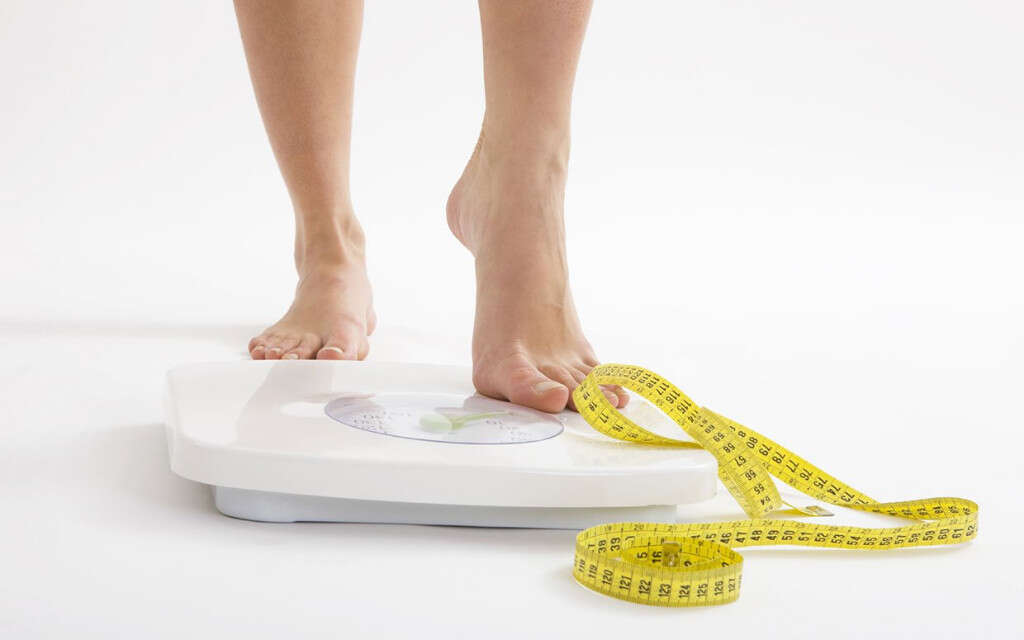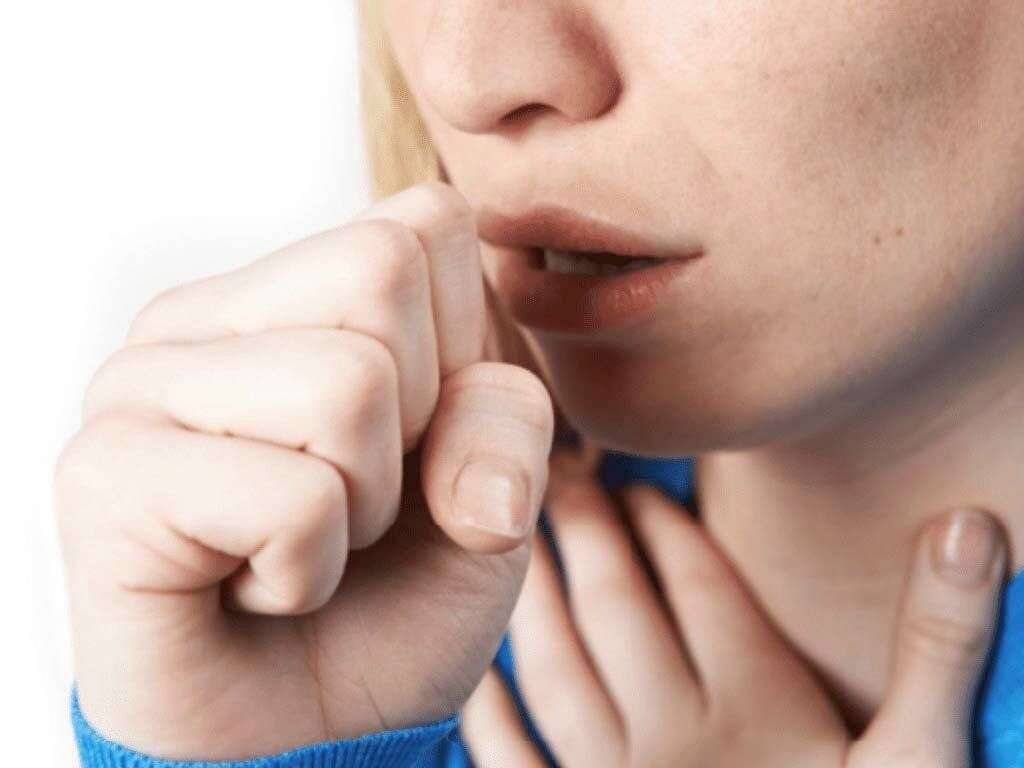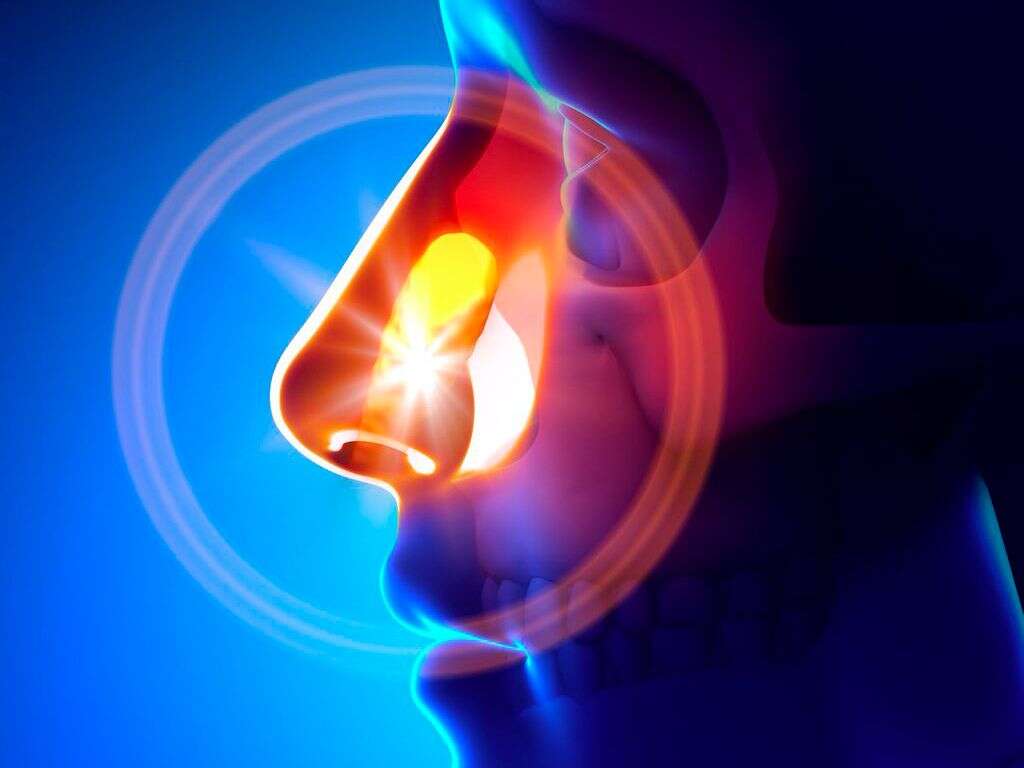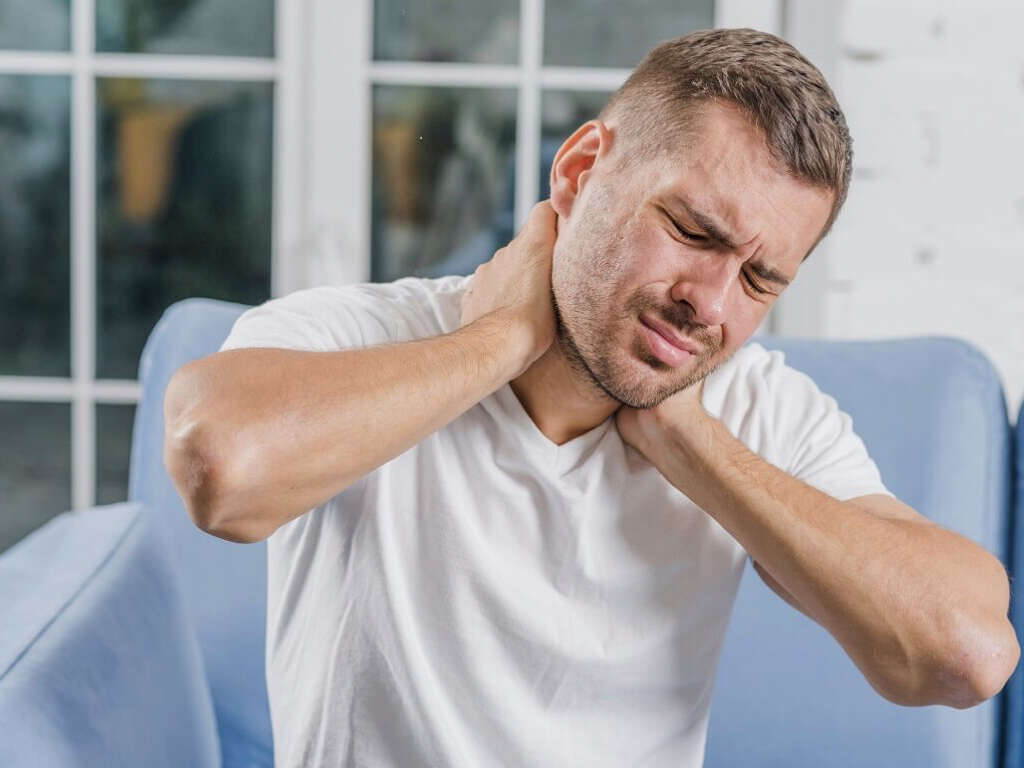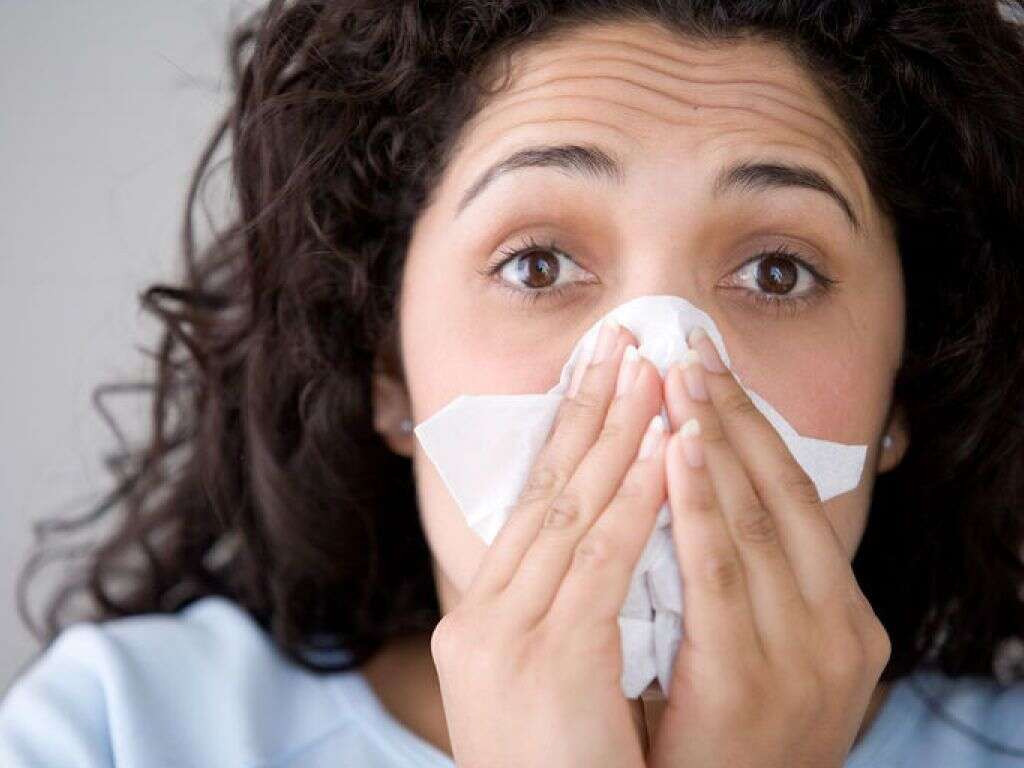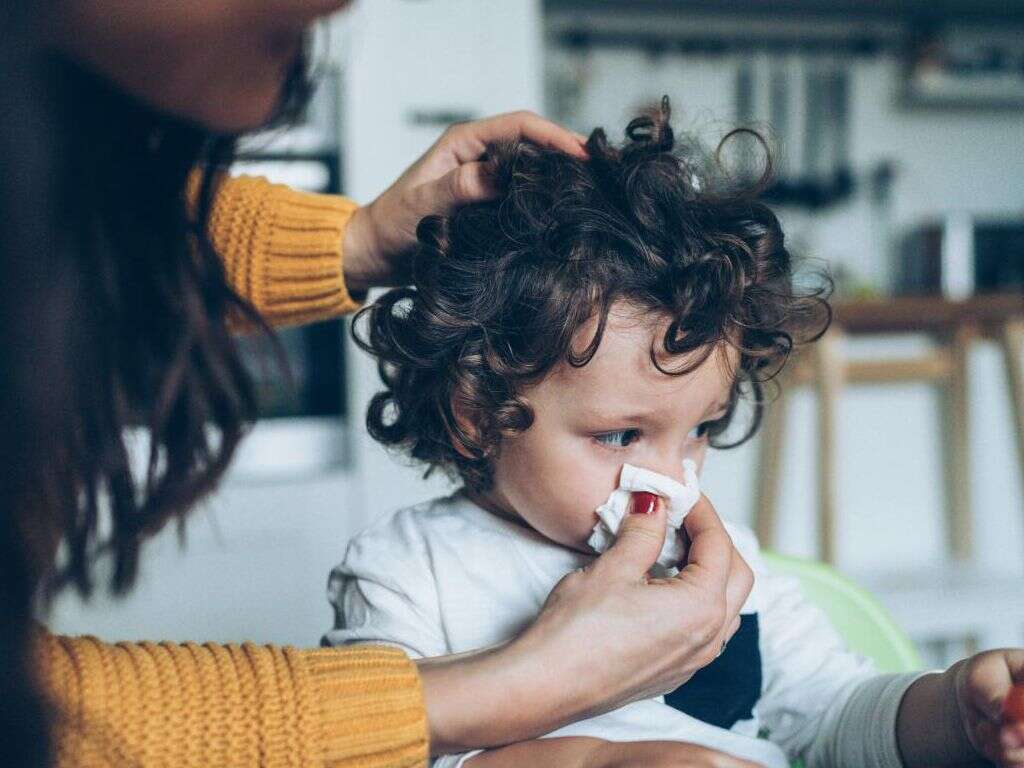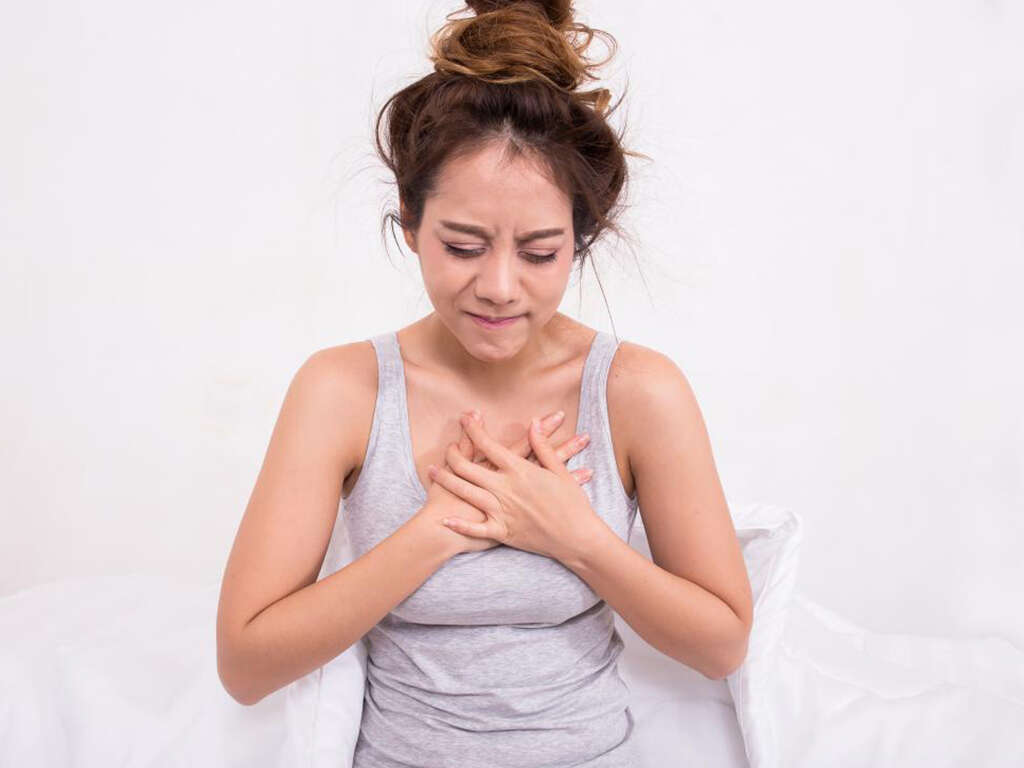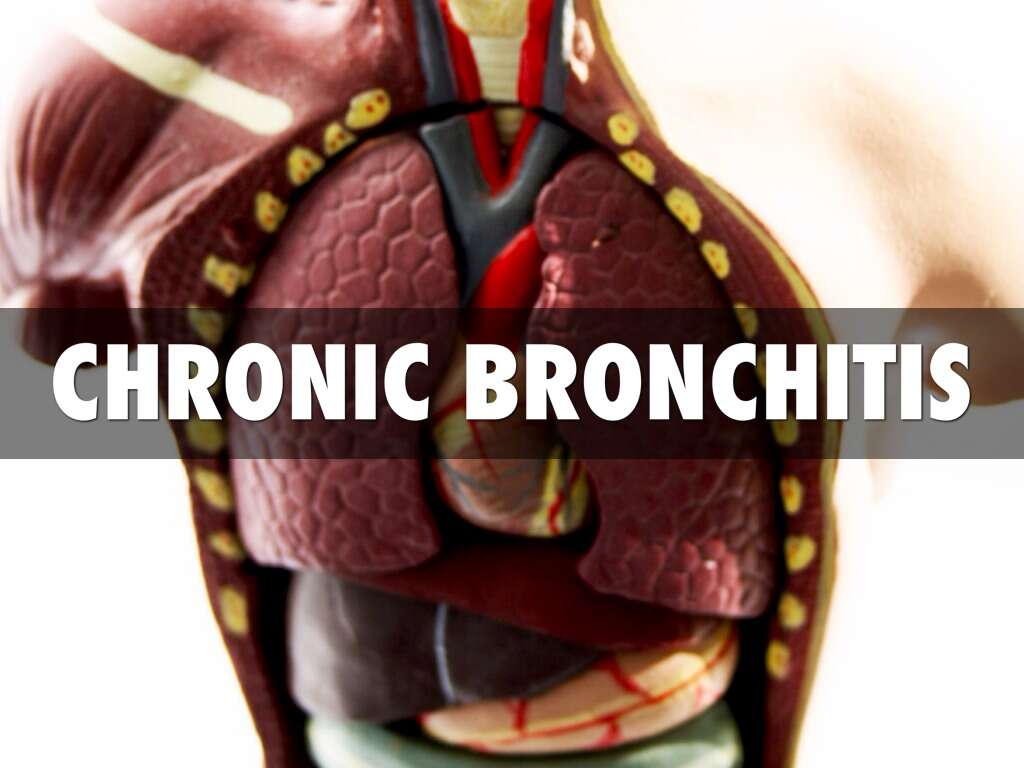10 Symptoms of Bronchiolitis
Bronchiolitis refers to blockage of the small airways in the lungs because of a viral infection. Bronchiolitis is usually seen among children who are younger than two years old. It is usually a result of respiratory syncytial virus infection (72 percent of cases), while the remainder can be attributed to human rhinovirus infection. The diagnosis of bronchiolitis can be made based on the symptoms of the patient. Tests like viral testing and chest X-ray are not generally needed. If required, chest X-ray may be beneficial to rule out bacterial pneumonia.
While there is no specific treatment, supportive care is usually sufficient. This may include intravenous fluids, feeding, oxygen, and possibly nebulized hypertonic saline. The use of nebulized epinephrine, antibiotics, antivirals, and bronchodilators is still unclear if it is helpful. About 10 to 30 percent of children younger than 2 years old are affected by bronchiolitis at some point in life. It is most commonly seen in the Northern hemisphere during winter. The risk of fatality has been estimated to be about 1 percent.
The risk of bronchiolitis can be reduced by decreasing the spread of viruses through respiratory infections through handwashing and avoiding exposure to those who are symptomatic. Infants who are breast fed have better immune systems. For some premature infants, vaccinations may be available to help prevent bronchiolitis. The treatment is based on supportive management of the symptoms. Some treatment that has been found to be of some benefit include nebulized hypertonic saline, and possible nebulized epinephrine or nasal suctioning.
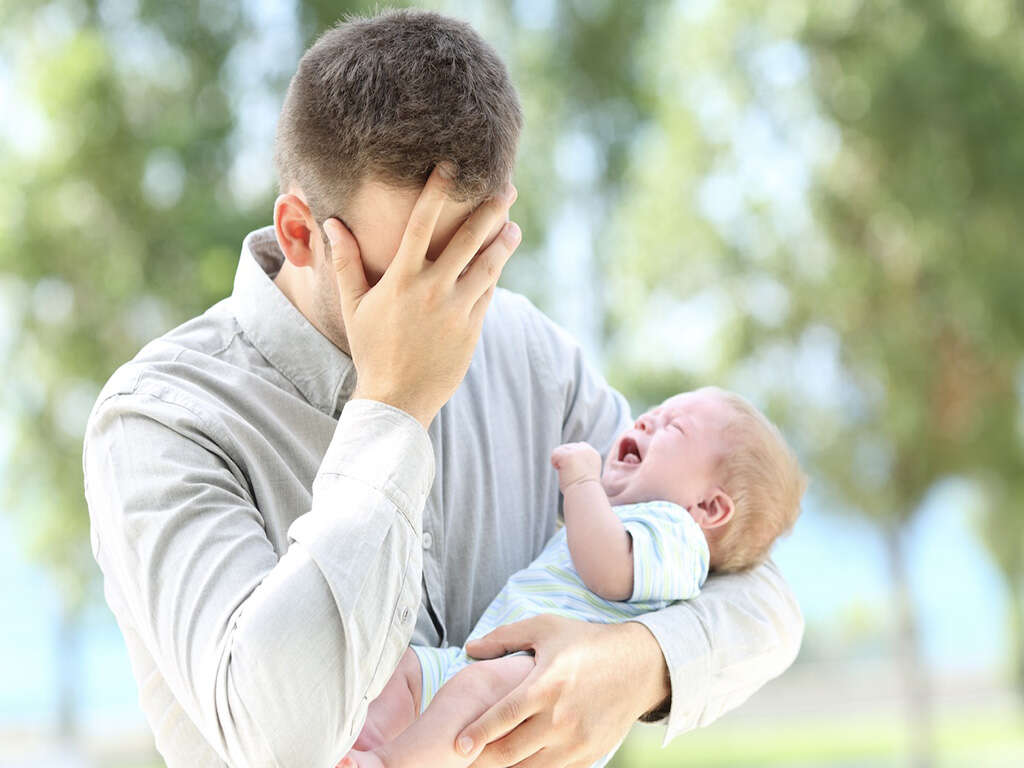
Symptom #1: Fever
Fever or pyrexia refers to temperature that is above the normal range of body temperature. Fever results in an increase in the set point of body temperature, where the feeling of coldness triggers contractions as an effort to produce and conserve more heat.
A fever among young children can trigger a febrile seizure. Fever can be seen in various conditions such as parasitic, bacterial, or viral infections, meningitis, malaria, appendicitis, deep vein thrombosis, and vasculitis. Treatment usually includes the use of medications such as paracetamol (acetaminophen) and non-steroidal anti-inflammatory drugs (NSAIDs).
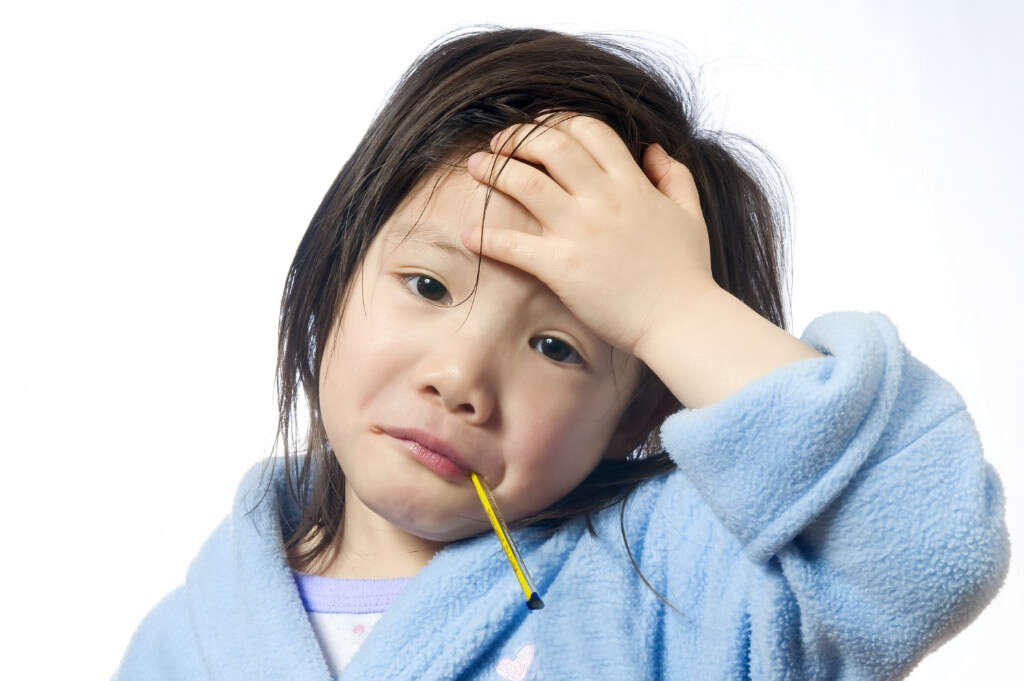
Symptom #2: Cough
A cough is a repetitive and protective reflex that functions to clear the airways from irritants, foreign particles, and fluids. Frequent coughing usually means that there may be an underlying disease. Since viruses and bacteria evolve, these microorganisms have utilized the coughing of the host to help spread the disease to new hosts.
Coughing can be triggered or caused by respiratory tract infection, air pollution, choking, smoking, gastroesophageal reflux disease, and post nasal drip. The treatment of cough is dependent on the underlying causes of cough. Individuals should avoid irritants and medications such as cough suppressants may be beneficial.

Symptom #3: Coryza
Coryza or rhinitis refers to inflammation or irritation of the mucous membrane in the nose. Patients that are affected often experience sneezing, post nasal drip, stuffy nose, and runny nose. Coryza is usually caused by irritants, allergens, bacteria, and viruses.
Other possible associated symptoms include fatigue, malaise, coughing, and headache, among others. Some causes of coryza include rhinoviruses, coronaviruses, adenoviruses, influenza viruses, human respiratory syncytial viruses, human parainfluenza viruses, measles virus, or bacteria such as haemophilus influenza, and streptococcus pneumoniae.
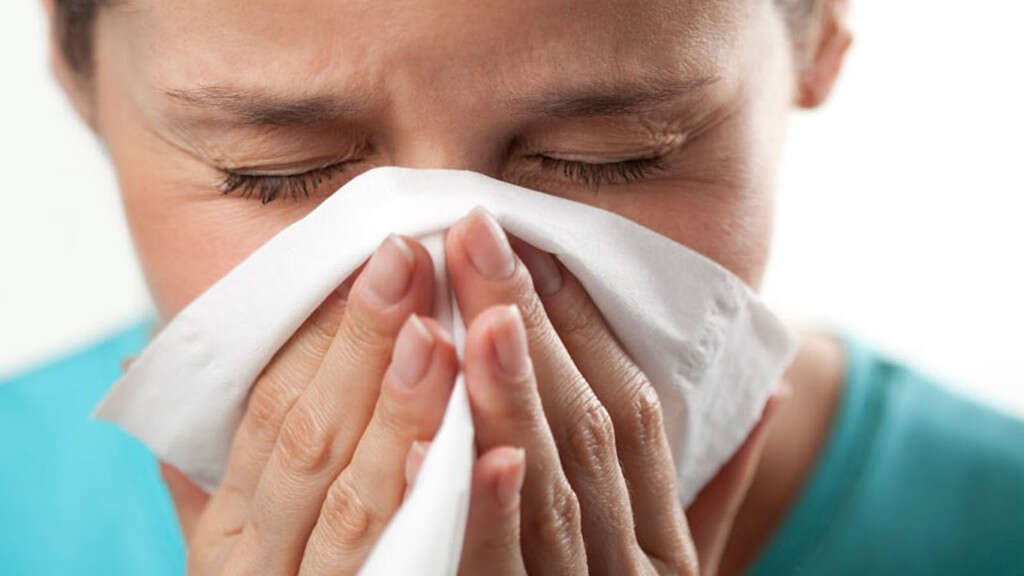
Symptom #4: Wheezing
Wheezing describes a continuous whistling sound that occurs when the respiratory airways are narrowed or obstructed. It can also occur if the airflow in these passageways are heightened. Wheezing is commonly observed among patients with respiratory issues such as asthma, congestive heart failure, presence of foreign bodies, and tumors.
The phase and location of when and where the wheeze is heard can provide important clues to the underlying cause of the condition.
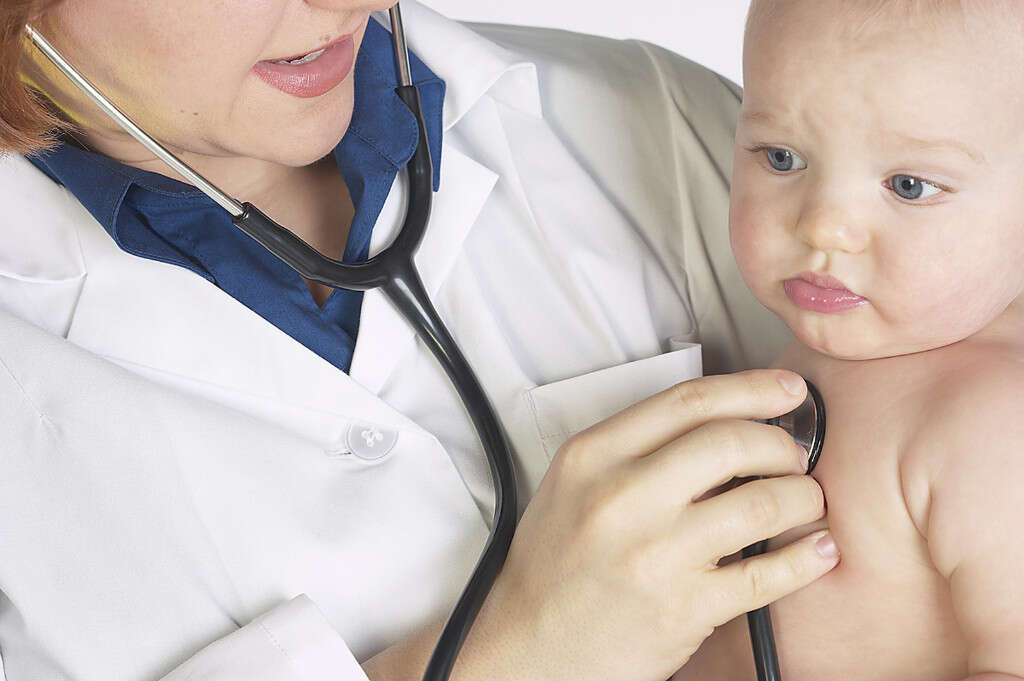
Symptom #5: Shortness of Breath
Shortness of breath or dyspnea refers to feeling that one is unable to breathe well enough. It may involve an extra effort to breath, chest tightness, or air hunger. In heavy exertional situations, shortness of breath is normal.
However, it becomes pathological in light exertion. As many as 85 percent of cases are due to cardiac ischemia, asthma, interstitial lung disease, pneumonia, congestive heart failure, psychogenic causes, anxiety, and panic disorder. The treatment of dyspnea ultimately depends on the underlying cause of the issue.
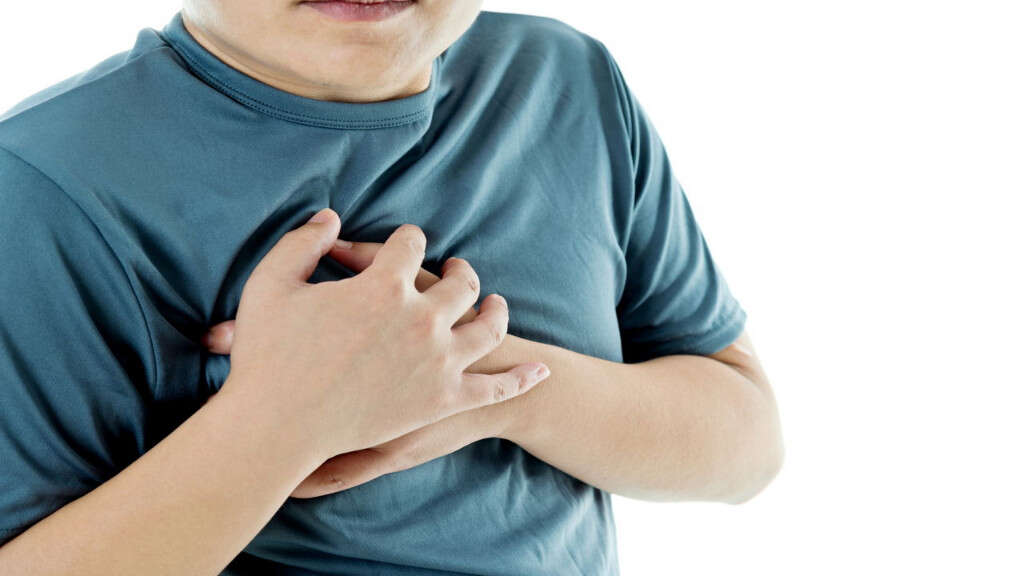
Symptom #6: Poor Feeding
Poor feeding refers to children or infants who have little interest in feeding. It is similar to loss of appetite. It is also a term that can be used to describe children who are not feeding well enough to receive adequate nutrition for their growth. Prolonged periods of poor feeding can lead to failure to thrive.
Poor feeding can be caused by undernutrition and illness. 45 percent of child mortality is thought to be related to undernutrition. Poor feeding in early developmental years can lead to cognitive and physical issues.
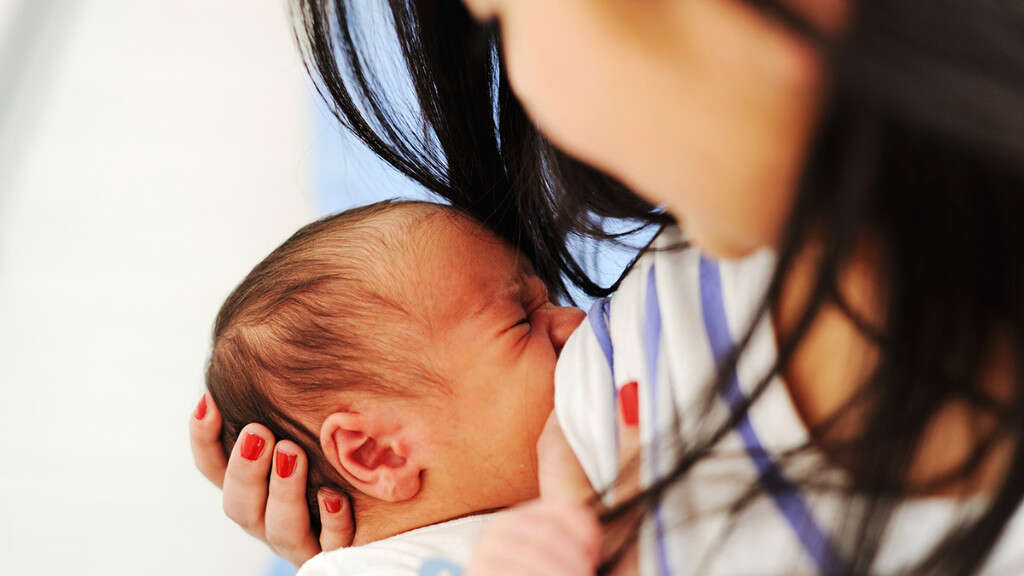
Symptom #7: Decreased Activity
Decreased activity as a symptom usually refers to lower activity levels of children. The decreased activity level can have many reasons ranging from boredom to severe illness. Guardians or parents may notice that the affected child is not interested in play or their favorite activities.
It can be accompanied by lethargy and somnolence. Children who have yet been able to express themselves verbally may seem irritable and refuse to tolerate food or fluids orally. It is important for guardians to take note of when it started and if there are any associated symptoms such as fever.

Symptom #8: Cyanosis
Cyanosis refers to the purplish or bluish discoloration of the skin and / or mucous membranes due to low oxygen saturation. It can be generally divided into peripheral or central cyanosis. Peripheral cyanosis occurs when it is seen in the extremities while central cyanosis is seen in the lips, tongue, and mucous membranes in the oral cavity.
Cyanosis usually occurs when there is poor oxygenation in the lungs or obstructed circulation of oxygen to the rest of the body. Children who experience cyanosis should be brought to the emergency room as soon as possible.
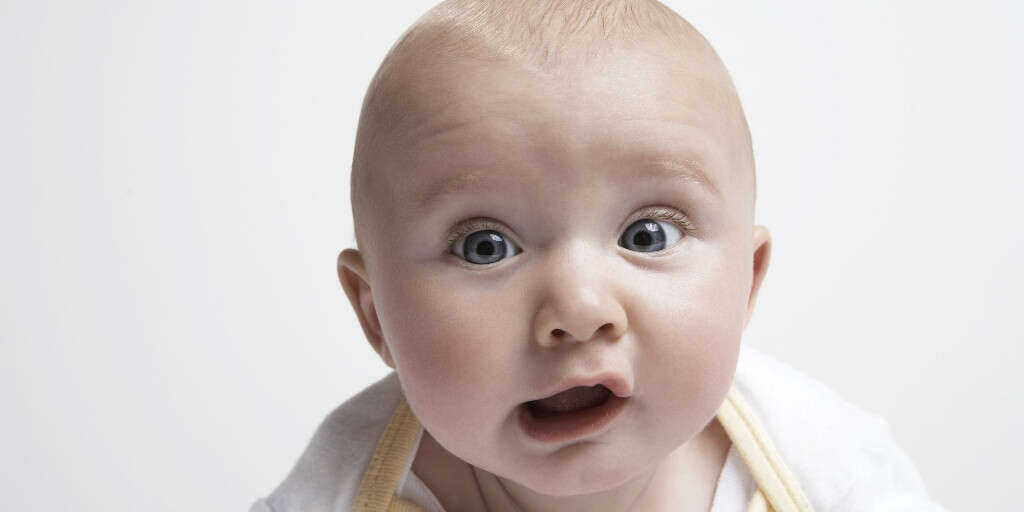
Symptom #9: Labored Breathing and Chest Wall Recession
Labored respiration refers to abnormal respiration where there is a required effort to breathe. This can be seen when the patient is visibly using their accessory muscles of respiration, such as nasal flaring and chest wall recession.
This can be seen in patients with respiratory failure, cardiac disease, and those with severe metabolic acidosis. When there chest wall recession, also known as Hoover’s sign, there is inward movement of the lower rib cage when the patient inhales instead of the normal outward movements.
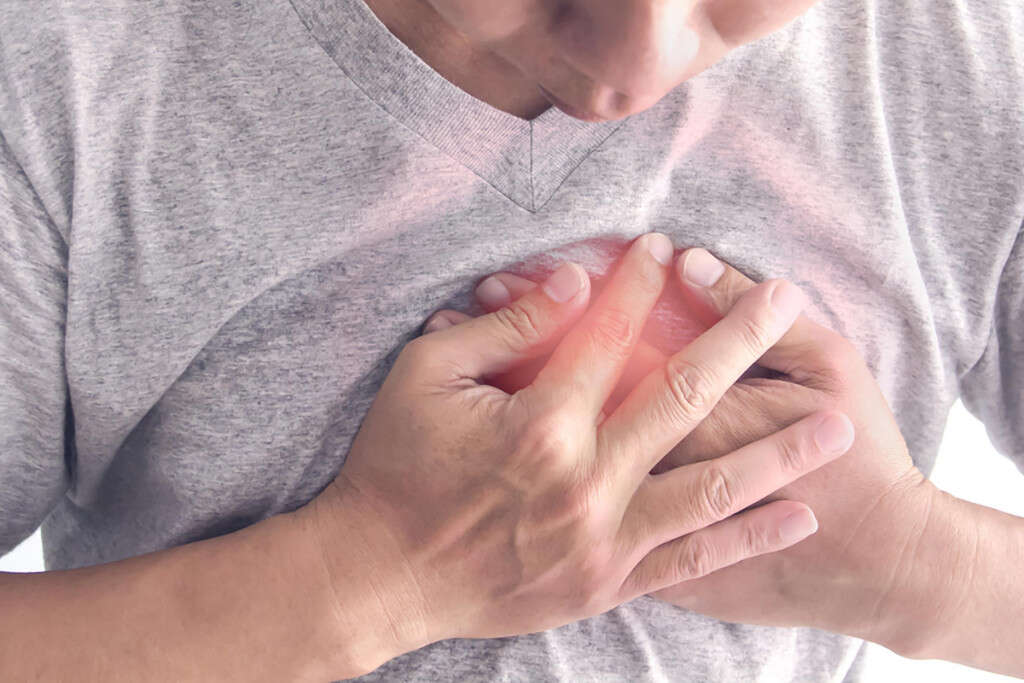
Symptom #10: Weight Loss
Weight loss refers to the reduction of total body mass due to the loss of muscle, fluids, adipose tissue, bone mineral deposits, and connective tissue. It can occur unintentionally due to malnourishment or disease. Weight loss can occur if there is excessive nutrient loss, impaired intake, altered metabolic requirements, and impaired digestion or absorption.
During illness, there may be poor appetite, which contributes to weight loss. The insufficient calories decreases the function of the immune response, slows wound healing, reduce strength, and lowers the ability of the body to heal.
